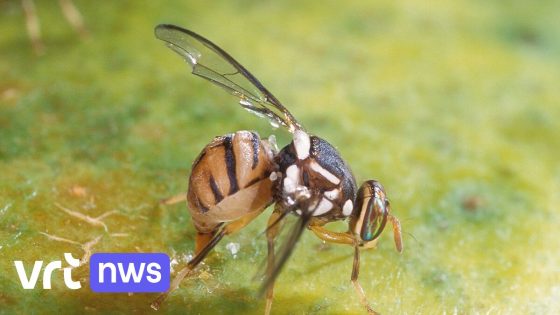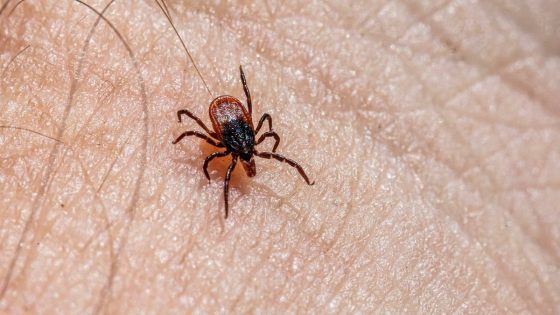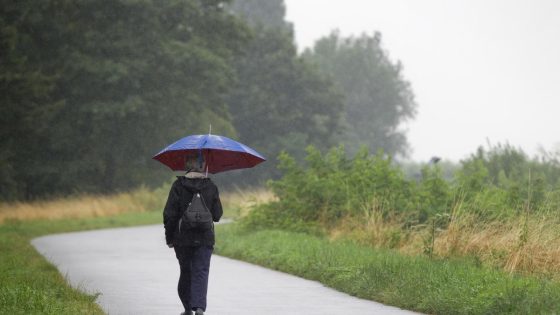The presence of the eastern fruit fly has become a growing concern for Belgian farmers and consumers alike. This invasive pest threatens local crops by damaging the fruit’s flesh, rendering it unfit for consumption. As of 2025-07-23 17:22:00, the Federal Agency for the Safety of the Food Chain (FAVV) is stepping up efforts to monitor and control the spread of this troublesome insect.
- FAVV monitors impact of fruit flies
- Fruit fly larvae damage crop flesh
- Agency launched citizen science project
- Citizens place traps to detect flies
- Farmers should report fruit fly sightings
- Increased inspections protect crop quality
To enhance surveillance, the FAVV launched a citizen science project in May, encouraging residents to help detect the eastern fruit fly by setting traps. But how effective can this approach be in protecting Belgium’s fruit and vegetable harvests? And what should growers do if they spot these pests on their crops?
Understanding these questions is vital for safeguarding our local produce and maintaining food safety. Here’s what Belgians need to know about the ongoing fight against the eastern fruit fly.
Why is community involvement crucial in tracking the eastern fruit fly? The pest’s larvae consume the fruit’s flesh, causing significant crop loss. Early detection helps limit its spread and damage. Key points include:
- FAVV’s citizen science project empowers locals to place traps and report findings.
- Farmers must notify FAVV immediately upon spotting the pest on their crops.
- Regular inspections help keep Belgium’s fruit and vegetable supply safe and marketable.
Looking ahead, continued public participation and vigilant monitoring will be key to managing this threat. Will you join the effort to safeguard Belgian produce and support sustainable farming?
































